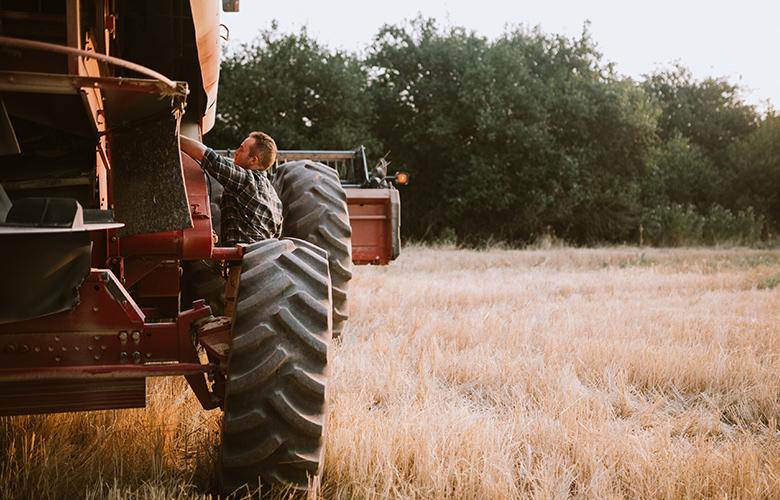
Rural communities are disproportionately impacted by suicide. While The National Center for Health Statistics shows the U.S. suicide rate as 14.2/100,000, the rural U.S. rate is 19.4/100,000. Likewise, rural suicide is increasing at a much higher rate than the general U.S. rate. The additional presence of unique rural suicide risk factors makes the need for targeted suicide prevention clear.
But how do we reach rural communities? As rural community members, we wanted to share three cultural considerations that are key to prevention:
1. Rural citizens are self-sufficient. In rural America, you must be resilient. From cultivating plants and nurturing livestock to responding to the worst outcomes brought by poor weather, you learn to persevere. Healthy coping and resiliency are protective factors in suicide prevention. But this self-sufficiency can become a vulnerability. As an asset, it provides a problem-solving drive. As a vulnerability, self-sufficiency creates a sense of failure when one cannot overcome problems.
When discussing suicide prevention with rural communities, provide practical strategies for stress management. Encourage rural community members to proactively check on neighbors who are unlikely to ask for help. We are taught to be strong and neighborly, as well as resilient, and prevention must draw on those strengths.
2. Social connectedness is a protective factor. In our communities, everybody knows or knows about everybody else. There is no anonymity. There is a social contract dictating tight-knit social networks and mutual aid. We see farmers harvesting neighbor’s crops when they are injured. But the lack of anonymity also leads us to be private about personal problems. If you encourage a rural citizen to seek help, frame it in mutuality: “You would be there for them, so let them be there for you.”
3. Firearms are key to suicide prevention, but they aren’t just weapons. As children, we are taught to handle firearms with safety and respect. Boys and girls shoot their first guns in childhood, joining hunting trips at age 6 or 7. Many rural firearms are handed down from grandparent to grandchild. These experiences create deep emotional connections with guns. The ingrained understanding of firearm safety creates understandable defensiveness when outside individuals explain how rural citizens should handle firearms. Prevention efforts focused on firearms must acknowledge and affirm rural citizens’ respect for them.
We encourage you to explore the risk and protective factors of rural suicide. Rural suicide prevention strategies will be most effective when they draw upon the culture of rural America. Visit the Rural Health Information Hub to learn more about culturally competent, rural suicide prevention.
| Shawna Hite-Jones is a senior prevention specialist with EDC and a public health professional dedicated to suicide prevention, mental health promotion, and community empowerment. She grew up on a third-generation family farm in rural Ohio and now helps manage the family’s Christmas tree farm alongside her father. | |
| As an EDC associate project director for the National Action Alliance for Suicide Prevention, Terresa Humphries-Wadsworth provides technical assistance, training, and consultation on comprehensive suicide prevention strategies for community, regional, statewide, and national initiatives. She is also a licensed psychologist with over 25 years of experience in providing mental health services across five states in frontier, rural, and urban settings. |



Add new comment